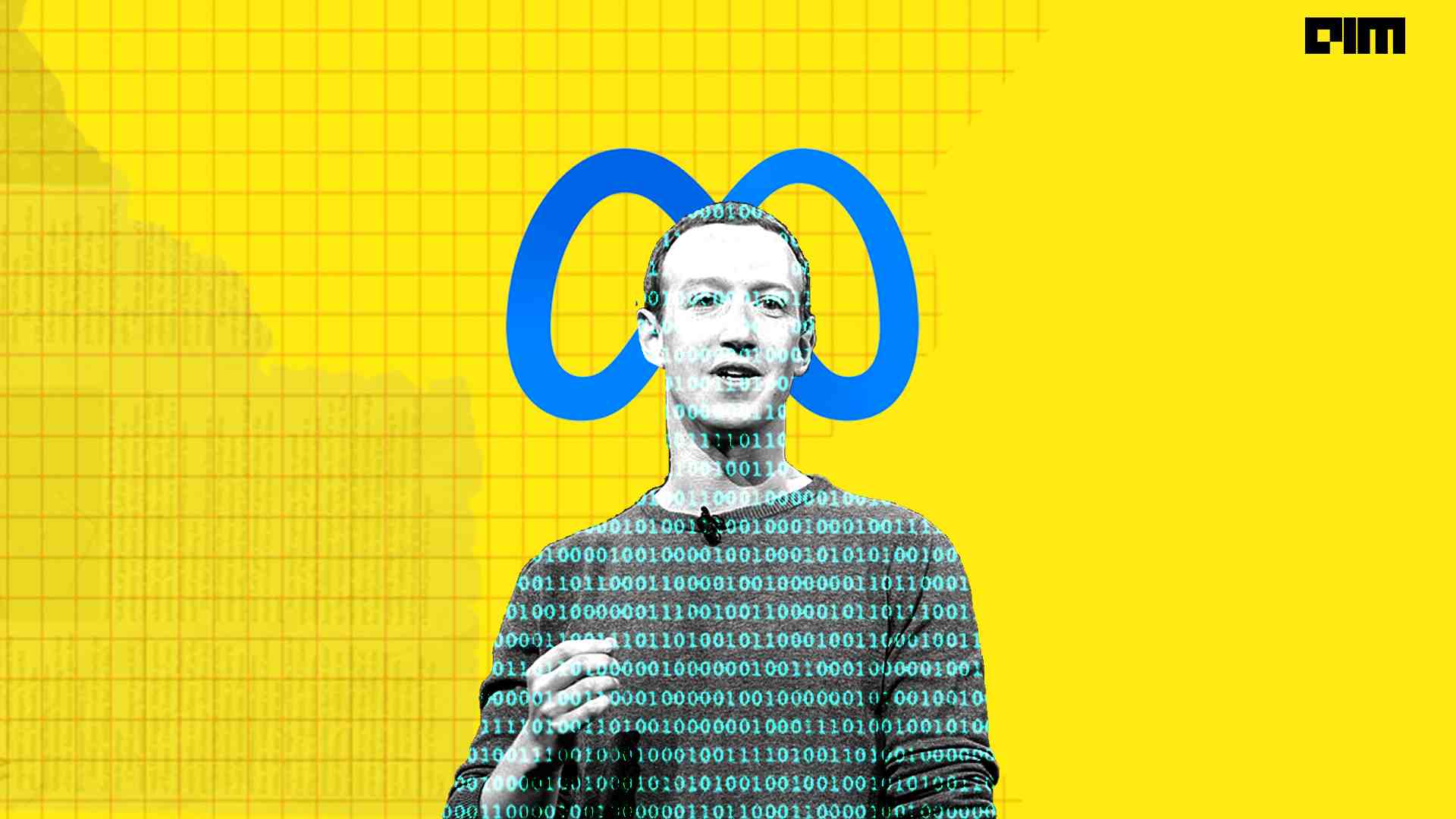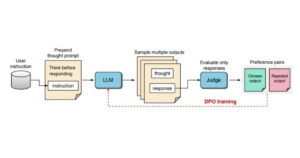New Study by Meta AI Reveals Transformers Can Operate on a Pixel-by-Pixel Basis

The Revolutionary Impact of Transformers on Image Processing
Introduction to Transformers and Their Application
Recent research from Meta AI and the University of Amsterdam has revealed exciting advancements in the field of artificial intelligence, specifically in image processing. Their study demonstrates that transformers, a type of neural network architecture, can analyze images at the pixel level without relying on the traditional concept of locality inductive bias, which has been a staple in most modern computer vision models.
Rethinking Locality in Computer Vision
For many years, computer vision techniques such as Convolutional Neural Networks (ConvNets) and Vision Transformers (ViTs) have depended on locality bias. This principle assumes that pixels that are close together in an image are more closely related than those that are far apart. To incorporate this idea, these architectures commonly use methods such as:
- Convolutional kernels
- Pooling operations
- Patchification
These methods enforce the locality bias in how images are processed.
Introducing Pixel Transformers
However, the research introduces a groundbreaking alternative known as Pixel Transformers (PiTs). In this model, each pixel is treated as its own separate token, completely discarding the typical 2D grid framework used in most image processing techniques. This innovative approach has resulted in PiTs demonstrating impressive performance across numerous tasks within the field of computer vision.
Performance Metrics and Advancements
Building on the principles of Diffusion Transformers (DiTs), PiTs, which operate on latent token spaces like VQGAN, have achieved better quality metrics than models that rely on locality bias. They have recorded superior scores in measurements such as Fréchet Inception Distance (FID) and Inception Score (IS).
It is important to note that Perceiver IO Transformers (another variant of PiTs) tend to be computationally intensive due to longer input sequences. This means they could become less practical in certain scenarios. However, recent advancements in handling large sequence lengths might soon make PiTs a more viable option for real-world applications.
Reducing Inductive Bias in Neural Architectures
The findings from this research highlight a significant movement toward minimizing inductive biases in neural network architectures. That could pave the way for more versatile and powerful systems capable of tackling a wide variety of vision tasks and various types of data.
The Rise of Image Generation With Transformers
Image generation has also been transformed by these breakthroughs. Several modern models, such as Midjourney, Stable Diffusion, and Invoke, utilize these technologies to create stunning images. For instance, Midjourney recently unveiled a new feature called "Character Reference," aimed at generating consistent characters across different AI-generated images.
In a similar vein, Stability AI has introduced Stable Diffusion 3, which is touted as the most capable text-to-image model available. This latest version significantly improves performance, especially for prompts involving multiple subjects, enhancing both image quality and the ability to spell accurately.
Summary of Key Techniques
- Pixel Transformers: Treats each pixel individually, eliminating the need for locality bias.
- Diffusion Transformers: Enhances the quality metrics in image generation tasks.
- Stable Diffusion: Advancements in multi-subject prompts and overall image creation capabilities.
- Character Reference in Midjourney: Focused on generating consistent character representations across different visuals.
By effectively challenging established norms in computer vision, these advancements are setting the stage for the future of image processing, with transformers leading the way to new possibilities and innovative applications.




